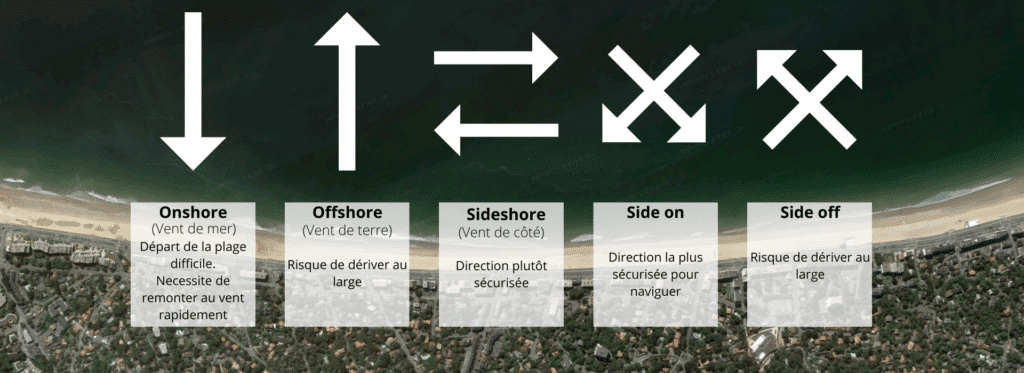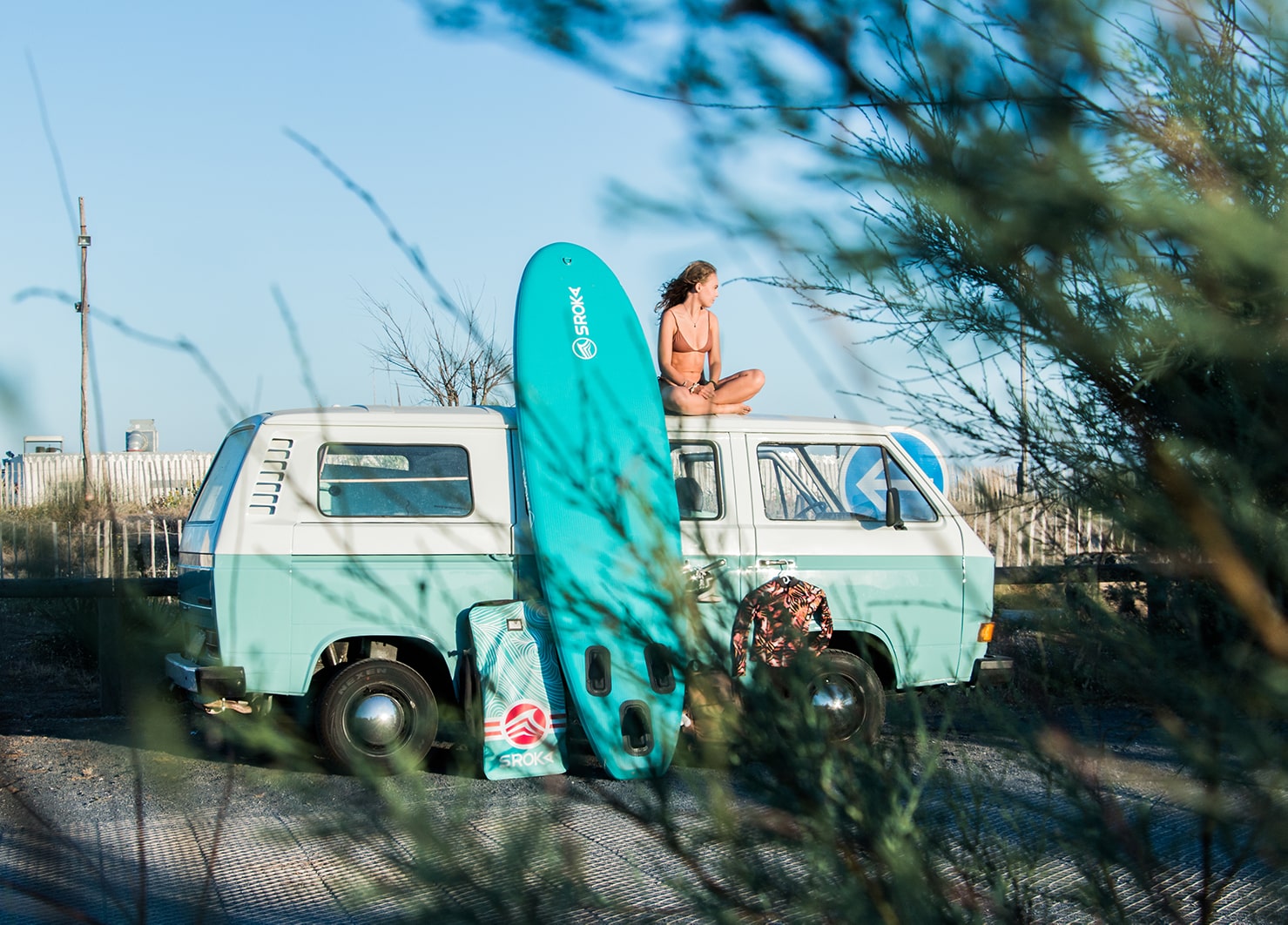
Step 1: Checking the Condition of the Wing
Preparing your Wing Foil wing is nothing complicated, you just have to pay attention to a few points. First of all, before you set sail, it is important to carry out a Visual inspection of your wing. The goal is to ensure that there are no defects like cuts or tears in the fabric. It can also be scratches on the leading or trailing edge. If you notice any damage, it is highly recommended that you do not use the wing until it is repaired.
We then advise you to
test the air pressure
in the wing. To do this, use the pressure gauge on your pump. Make sure the pressure is within the manufacturer’s specifications. For our Wing V3, we recommend inflating between 6 and 8 PSI (not to be confused with 6 and 8 bar… if it happens). If the pressure is insufficient, add air until it is correct. If the pressure is excessive, do not go into the water and release some air to reach the recommended pressure.
test the air pressure
in the wing. To do this, use the pressure gauge on your pump. Make sure the pressure is within the manufacturer’s specifications. For our Wing V3, we recommend inflating between 6 and 8 PSI (not to be confused with 6 and 8 bar… if it happens). If the pressure is insufficient, add air until it is correct. If the pressure is excessive, do not go into the water and release some air to reach the recommended pressure.








